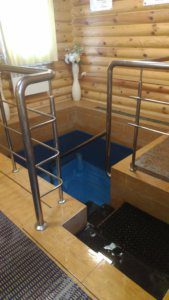 In Israel it seems to me that we define ourselves and others by how religious we and they are. From the anti-dati and hiloni, to what kipah our husband or children wear, to where we send our kids to school, if our children do army service, Hesder or sherut leumi. These groups further subdivide with regard to observance and the Rebbe they follow.
In Israel it seems to me that we define ourselves and others by how religious we and they are. From the anti-dati and hiloni, to what kipah our husband or children wear, to where we send our kids to school, if our children do army service, Hesder or sherut leumi. These groups further subdivide with regard to observance and the Rebbe they follow.
Having made Aliyah almost 13 years ago, I often feel there is a higher level of spirituality here in Israel, regardless of the level of observance. Outwardly, unashamedly, unabashedly, openly, proudly we observe others freely expressing their spirituality. Mine was expressed when I would proudly tell people I live in ‘Ir Hakodesh’, Jerusalem. But was my connection to the land of Israel really my only feeling of spirituality?
I consider myself modern Orthodox, however I often wonder about my spirituality, which when I looked up the definition on the web, it says: a connection to something bigger than ourselves including a search for meaning in life. I had thought that spirituality meant how much I felt connected to my religion, to Hashem. I would observe others and see how connected they seemed to be and wondered, ‘how connected am I to religion, observance and this somewhat elusive spirituality?’ Thinking of those dancing at weddings, Simchat Torah, watching young men and women breaking out (separately) into spontaneous song and dance, hands outstretched in prayer whether on Shabbat, or especially on Yom Kippur, I observed, I noted, and wondered why I could enjoy the dancing and singing, but I wasn’t feeling the connection that I felt others were both experiencing and sharing.
What exactly do I feel connected to, how do I express my spirituality that is and is not related to my level of religiosity? Can I be openly spiritual and not necessarily more religious or more observant?
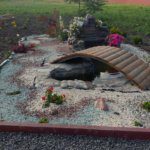 I found the answer in Medzibuz at the spring*** and mikveh of the Ba’al Shem Tov. The spring is famed to have healing powers. The site today appears to be undergoing ongoing beautification with more and more landscaping and flowers. Along with many women in my group, those young enough to regularly utilize the mikvah, and those well into menopause, we shed our clothes individually, or in groups and toveled (dipped). The water was cold, some screamed out in shock as they toveled. To me the water was cold, but more significantly it was refreshing, not stuffy or warm and I was not feeling stifled by the questioning of the balaniyot I had experienced over the years.
I found the answer in Medzibuz at the spring*** and mikveh of the Ba’al Shem Tov. The spring is famed to have healing powers. The site today appears to be undergoing ongoing beautification with more and more landscaping and flowers. Along with many women in my group, those young enough to regularly utilize the mikvah, and those well into menopause, we shed our clothes individually, or in groups and toveled (dipped). The water was cold, some screamed out in shock as they toveled. To me the water was cold, but more significantly it was refreshing, not stuffy or warm and I was not feeling stifled by the questioning of the balaniyot I had experienced over the years. 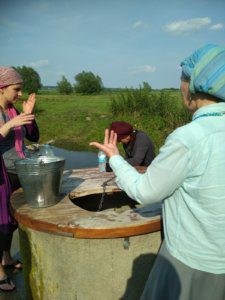 As the two of us, a Hasiddishe FFB( frum from birth) wife and mother of 12 whose head was shaved, and I, seemingly worlds apart in our backgrounds and observances toveled one after the other, I felt a connection to her, to everyone and everything around me, to my spirituality, to life, to all the women who came before and after me in the mikveh, and maybe even to Hashem. In that moment I felt renewed, I felt refreshed, I felt some of the spirituality I was yearning for. I began to feel my uninhibited self enjoy breaking out in song and dance, with tears both of joy and sadness mixed together as I connected and really felt a part of this group of amazing women healers on my trip.
As the two of us, a Hasiddishe FFB( frum from birth) wife and mother of 12 whose head was shaved, and I, seemingly worlds apart in our backgrounds and observances toveled one after the other, I felt a connection to her, to everyone and everything around me, to my spirituality, to life, to all the women who came before and after me in the mikveh, and maybe even to Hashem. In that moment I felt renewed, I felt refreshed, I felt some of the spirituality I was yearning for. I began to feel my uninhibited self enjoy breaking out in song and dance, with tears both of joy and sadness mixed together as I connected and really felt a part of this group of amazing women healers on my trip.
I wasn’t sure what I had come looking for on my trip to the Ukraine, or what I would find. But at the well, the spring and the mikveh of the Ba’al Shem Tov, I finally felt connected to my spirituality, to who I was and who I hope to continue to be.
***A brief story of the spring tells that the the Ba’al Shem Tov used to frequent the area of Medzibuz where he had undisturbed time with his Creator. The Ba’al Shem Tov would spend long hours pouring his heart out before the Almighty on behalf of His “children”. One day he secluded himself in the place together with his outstanding disciple Rabbi Ya’akov Yosef HaCohen of Pole. After spending a considerable amount of time at the site, the Ba’al Shem Tov realised it was time to pray Mincha. It was his custom to wash his hands before prayer, but realizing that there was no water nearby and there would not be sufficient time to go elsewhere and pray, the BST sprawled on the ground with outstretched hands beseeching God. Rev Yaakov saw the tears and heard his plea:
“Master of the universe I beg of you with please, with your untold mercy please allow there to be water for me, for it is better that I die than transgress a single law as accorded in the Shulchon Aruch (code of Jewish law).”
No sooner as the Ba’al Shem Tov had finished his heart rendering prayer –he saw within three steps spring water emerging from the ground below, and after quickly washing his hands he began praying the afternoon prayers, thanking God for His kindness and the miracle. It is the same spring that flows into the nearby mikveh structure, which since its creation has been the subject of thousands of stories about its medicinal properties in the past and present.
See more about the mikveh of the Baal Shem Tov: www.hatzolahukraine.org/en/tombs-of-the-righteous/mezibuz-the-grave-of-the-besht



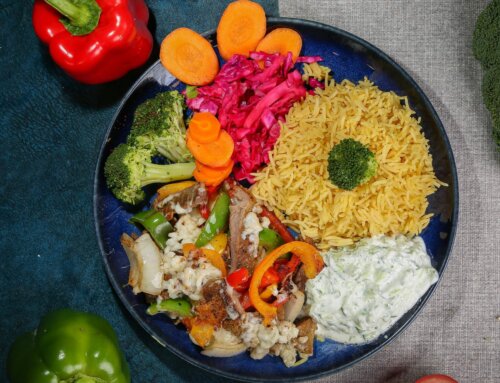
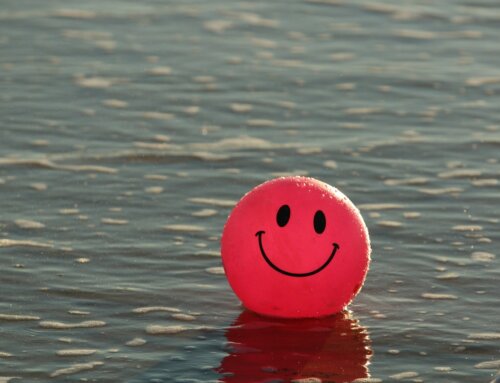
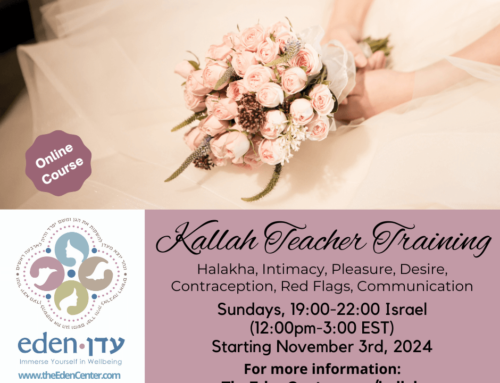
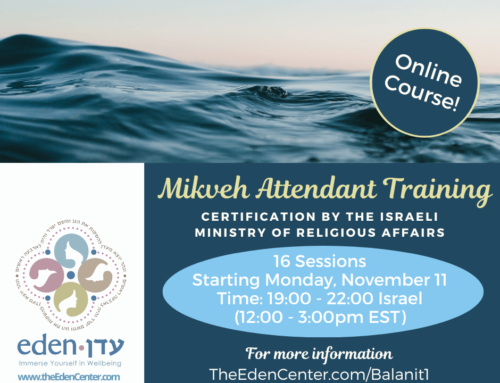
Leave A Comment